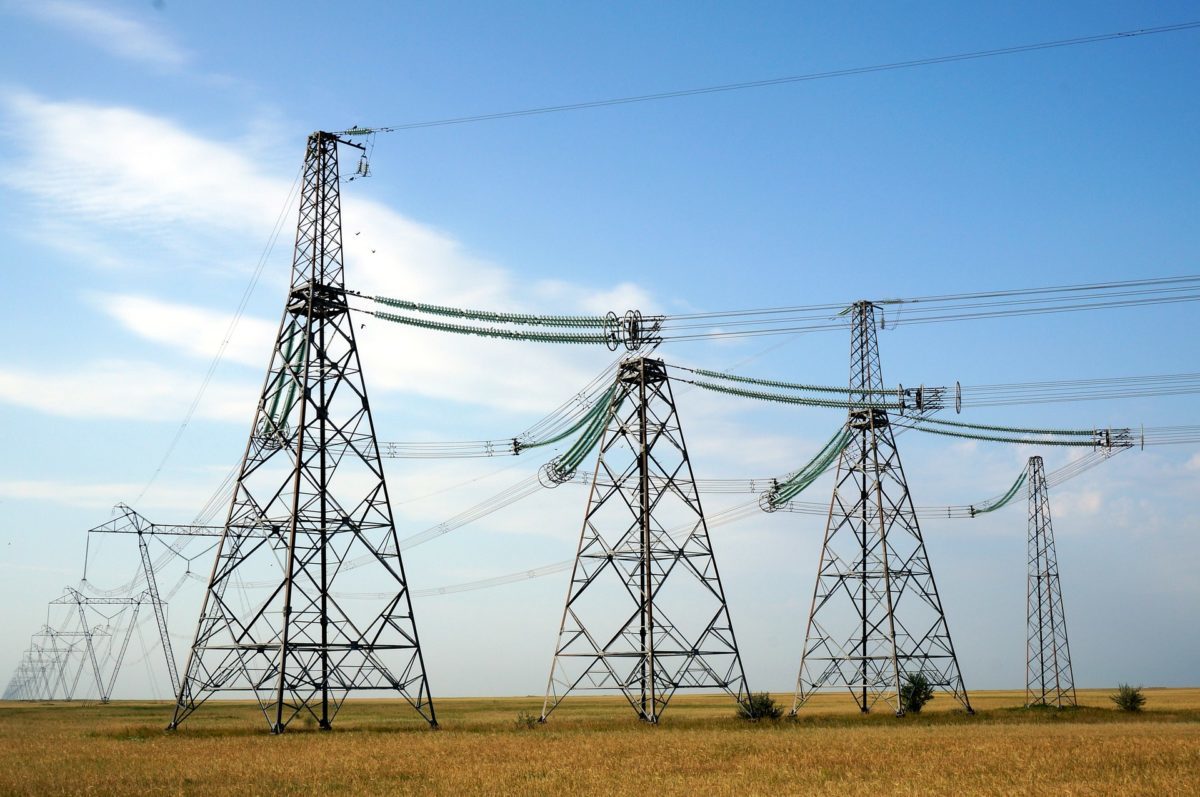The variability of solar PV has created difficulties for many scientists and grid engineers. Jorge Ramos-Ruiz and Bin Wang, two researchers at Texas A&M University, have published new research suggesting that a new power electronics setup could provide greater resilience to the distribution grid.
They recently published their findings in the Institute of Electrical and Electronics Engineers' IEEE Journal of Emerging and Selected Topics in Power Electronics.
The scientists have proposed so-called Power Electronics Intelligence at the Network Edge (PINE) to make grids more resilient. They claim that residential solar+storage systems with separate battery and PV converters have isolated DC/DC-, isolation-, and DC/AC-stages.
The proposed PINE system is a self-organized power electronics intelligence solution working together with the distribution system. The new concept has a three-stage control strategy. The first stage controls the input pulse-width-modulation (PWM) rectifier to regulate the DC-link voltage and shape the input current to be sinusoidal. Another stage controls the output PWM inverter to adjust the output voltage. Yet another stage controls the rooftop PV installation, maximum power point tracking, and the battery energy storage system. The system works bidirectionally, which allows the control of the load-side voltage via feedback and lets the input distribution voltage vary in range as needed.
The system can also achieve a unity input power factor, and reactive power can be injected for volt var control to assist distribution voltage regulation. The individual PINE converters installed at each residential grid node can communicate with each other and the distribution network operator. The communication and exact modulation of the power electronics operation could be achieved through a bespoke Internet of Things control unit.
The front-end converter control allows for bidirectional power flow and has two operating modes. In the rectifier mode, the grid supplies the PINE-interfaced load, while in inverter mode, the power is fed back into the network from the DC link.
Operation in the rectifier mode ensures a unity power factor and eliminates all harmonics, thanks to high-frequency switching. In this mode, the input current is in phase with the grid voltage, which results in a negative phase angle. When there is excess power from the PV panels and storage system, the front-end PWM controller switches into inverter mode, which changes the phase angle to positive. In this mode, reactive power is supplied to the grid.
The team has already used a test feeder based in the IEEE-37 test node feeder to show the impacts of increased penetration of PINE converters. In simulations and experiments, the laboratory prototype validated the efficiency of the PINE concept.
The advantages suggested by the authors are as follows:
- PINE is deployed in front of each residential load, so input utility voltage can vary over a wider range, as PINE allows for the output voltage to be regulated.
- The rectifier section of PINE can be controlled to exhibit a unity input power factor with sinusoidal input current shape.
- The power consumed by the residential load is entirely processed via the PINE converter, so the output load current can be limited during disasters based on available power, hence enabling energy budgeting.
- The overall cost of a PINE converter is comparable with a separate PV inverter and storage converter.
- PINE enables the use of power disaggregation, or non-invasive load monitoring and Voltage Conservation Reduction.
This content is protected by copyright and may not be reused. If you want to cooperate with us and would like to reuse some of our content, please contact: editors@pv-magazine.com.




I am interested to get knowledge of solar energy plants.